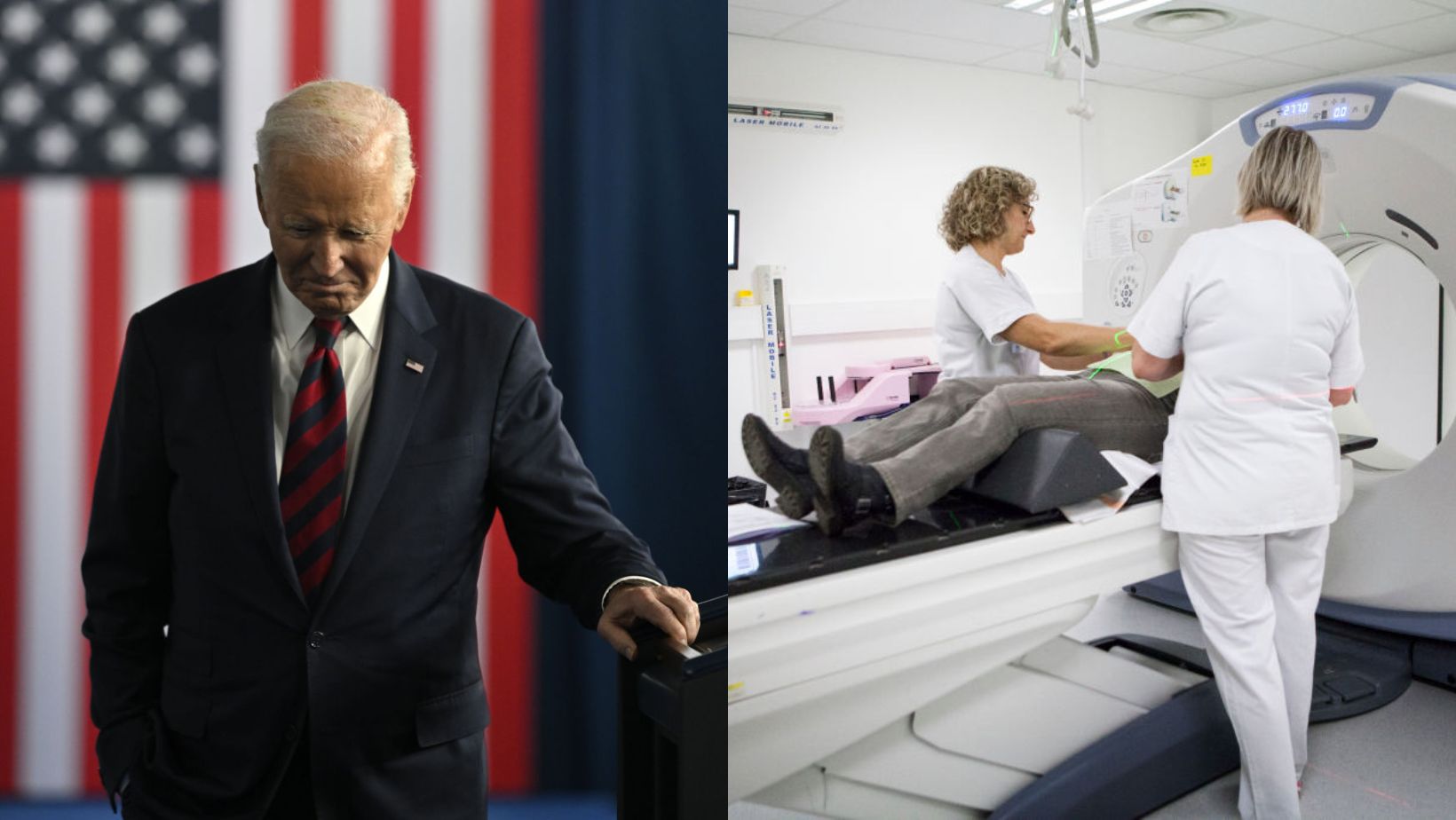
The wheel invented around 3500 BCE in Mesopotamia, was initially used for pottery rather than transport. It wasn’t until much later that it revolutionized carts and complex machines. The oldest known wheel, found in Slovenia, reflects how impactful tools can have humble beginnings.
The Printing Press
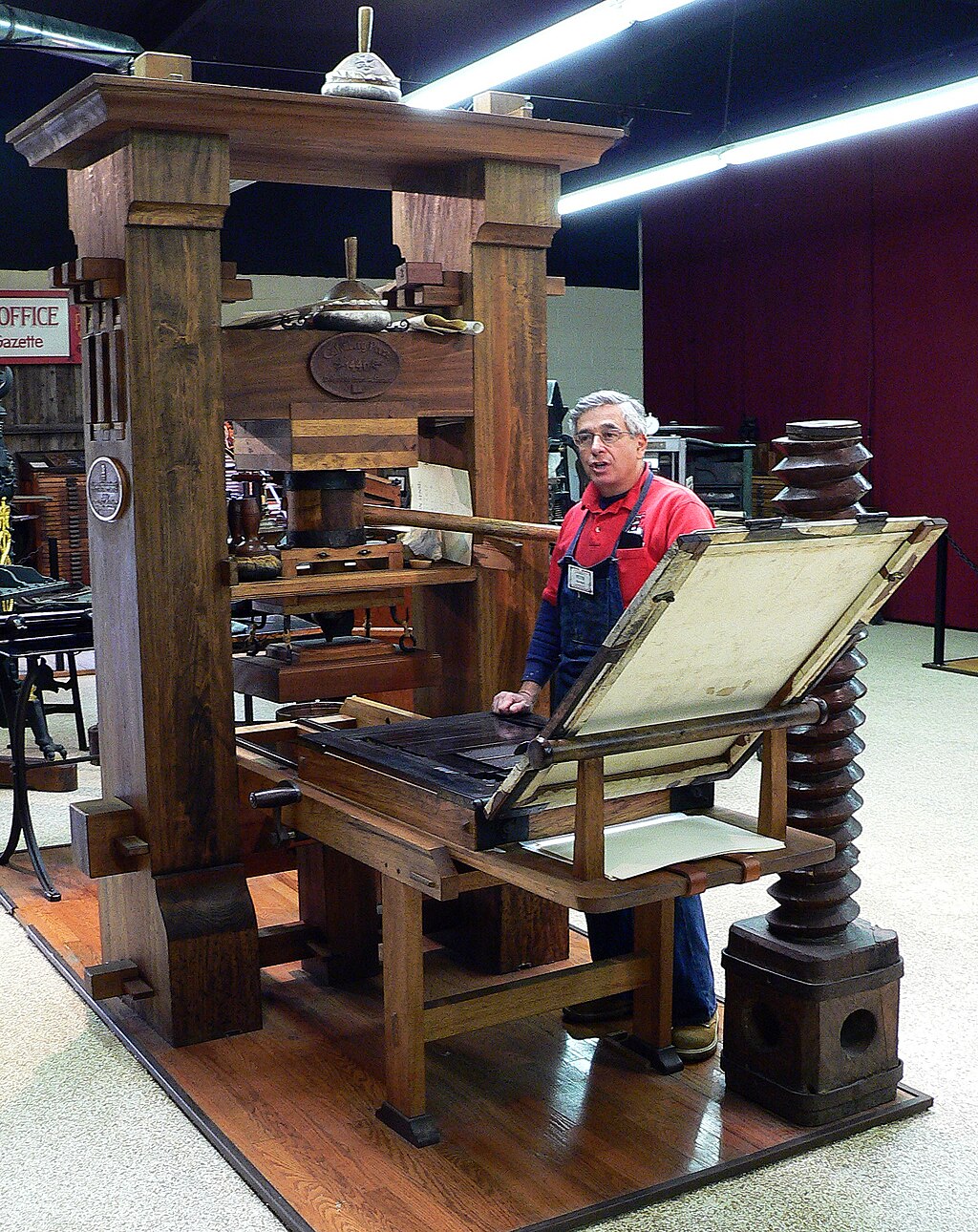
Around 1440, Gutenberg birthed the printing press, which dramatically spread literacy across Europe. Besides fueling the Protestant Reformation, it made books more accessible. Some presses still use its core mechanics today. The Gutenberg Bible, a product of this machine, remains among the most valuable books in history.
The Telephone

In 1876, Alexander Graham Bell’s telephone made live, long-distance voice communication possible. His first words—“Mr. Watson, come here, I want to see you”—marked a turning point in human connection. Early phones required switchboard operators, but decades later, technology evolved into mobile devices.
The Internet

The Internet began as ARPANET in 1969, reshaping how the world communicates, learns, and does business. In 1989, Tim Berners-Lee introduced the World Wide Web, expanding its reach. Its first message—“LO”—was a failed attempt at “LOGIN.” Today, over 5 billion people rely on its speed and scope to manage daily life.
Penicillin

A stray mold in Fleming’s lab in 1928 gave the world penicillin. This first antibiotic has saved uncounted lives and reshaped human health. Mass production during WWII was a defining moment. Penicillin’s story proves that great things sometimes arrive by sheer chance.
The Light Bulb
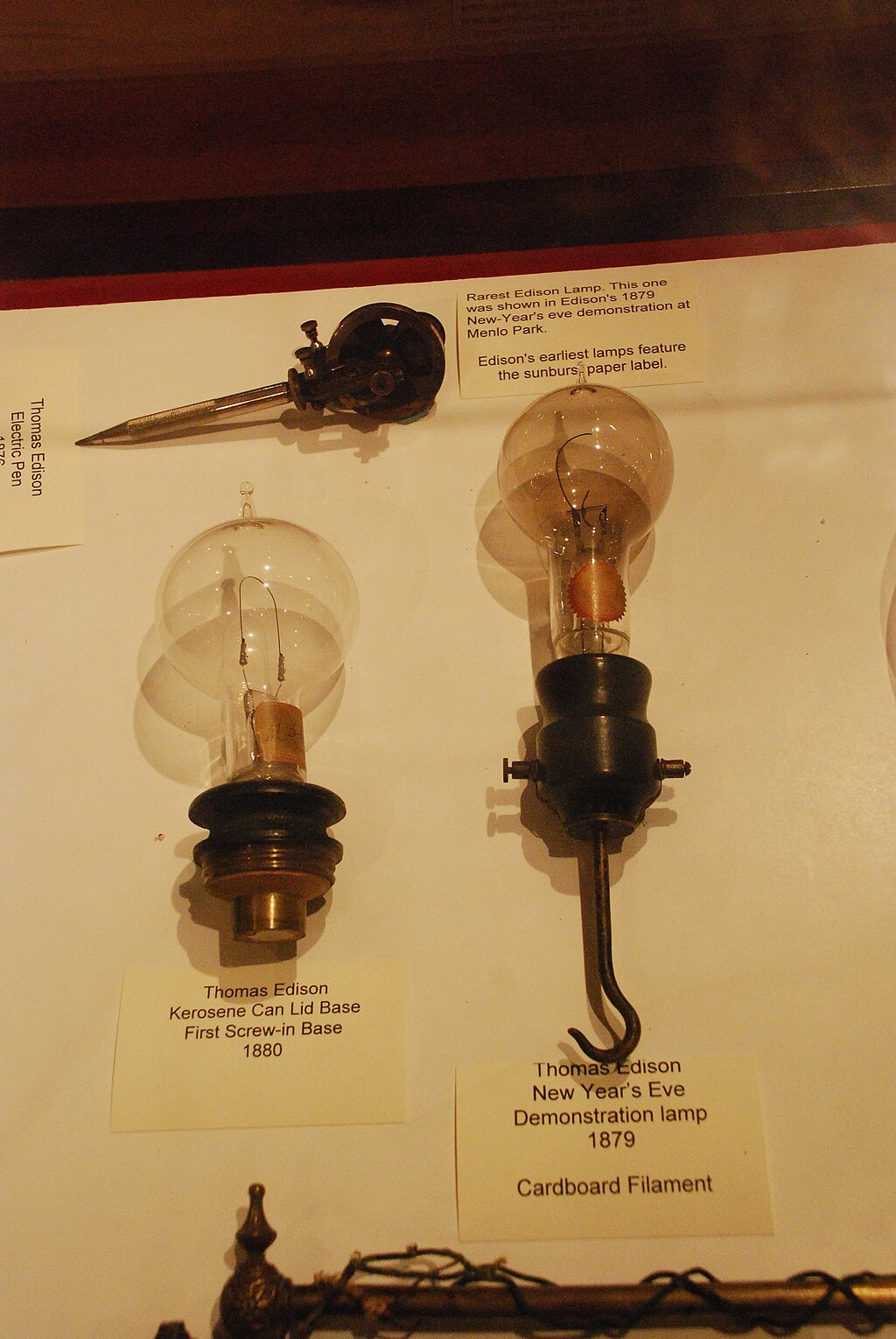
Thomas Edison’s practical bulb, created in 1879 with groundwork from Humphry Davy, made indoor lighting safe and reliable. It extended productive hours after dark. Over 1,000 prototypes failed before success, and early versions used bamboo. Notably, the Centennial Light has lasted since 1901.
The Airplane
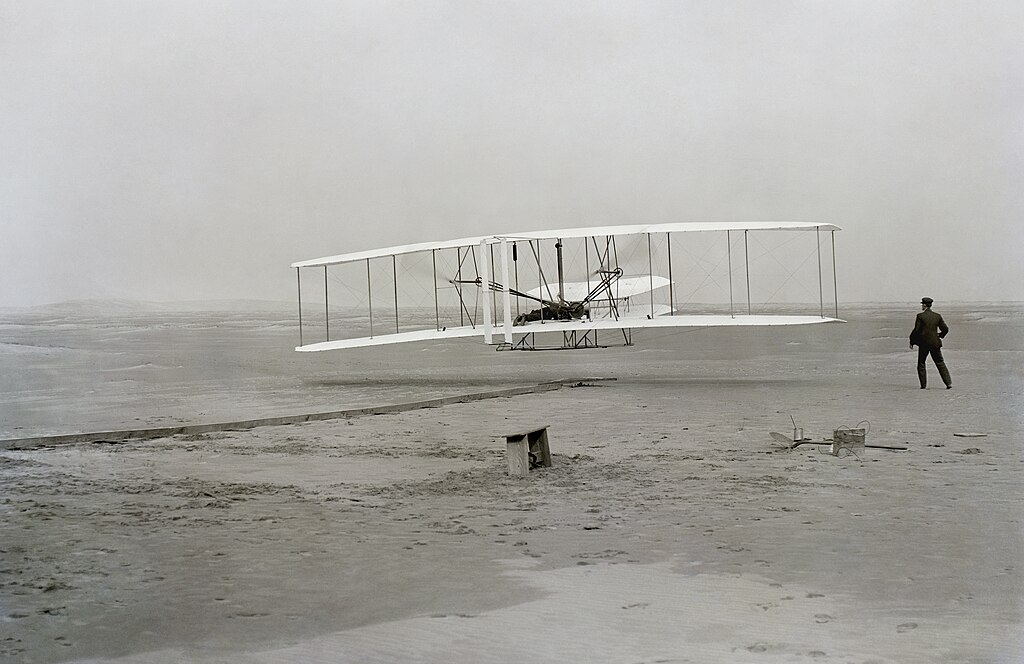
It was in 1903 that the Wright brothers completed the first powered flight, lasting just 12 seconds. This feat paved the way for modern air travel and global logistics. Today’s advanced jets easily exceed 500 mph, and the Concorde once flew the Atlantic in under 3.5 hours. These are some world-changing inventions. Now, let’s flip to those that were just hype.
Google Glass

Back in 2012, Google Glass promised a sci-fi future through smart glasses. However, privacy fears and a lack of compelling features made it stumble. “Glassholes” became shorthand for awkward tech flaunting. Bans in public spaces further sealed its fate. Yet, it still finds life in industry.
Juicero

When Juicero hit the market in 2016 for $400, backers saw innovation. In reality, the packs didn’t need the machine at all—hands did the job. The company attracted more than $120 million but folded in 16 months, proving that not every smart gadget solves a real problem.
Segway

Released in 2001 as a groundbreaking transport solution, the Segway failed largely because of its high price and impractical design. Steve Jobs invested heavily, famously saying it would be “bigger than the PC.” Only 140,000 were sold, and today, it can only be found among tourists.
Hoverboards

Hoverboards were marketed in 2015 as the next big transporter. Despite the name, they roll on wheels. Moreover, battery fires and global bans plagued it. Yes, celebrities gave them a boost, but lawsuits quickly piled up. Some airlines worsened things by banning them from flights.
3D TV

Promoted heavily around 2010, 3D TVs were marketed as the future of home entertainment. However, consumers disliked wearing special glasses, and some experienced dizziness or nausea. The lack of affordable and plentiful content didn’t help, either. By 2017, most manufacturers abandoned production altogether.
Theranos

Theranos said it could run full blood tests from just a finger-prick. It turned out to be false, as the results were wrong, and the tech didn’t work. At its peak, it was worth $9 billion. Founder Elizabeth Holmes moved from being praised as “the next Steve Jobs” to becoming a cautionary example.
Betamax
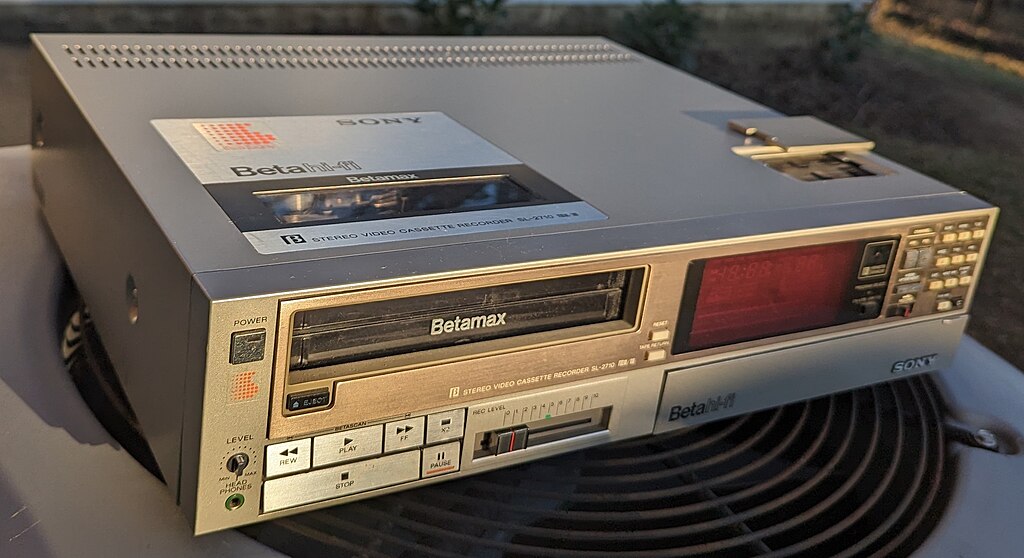
Released by Sony in 1975, Betamax delivered better video than competitors but lost ground due to shorter recording limits and licensing errors. VHS capitalized on these weaknesses and dominated video rentals in the ’80s. Yet, a few broadcast archives still rely on Betamax tapes.


